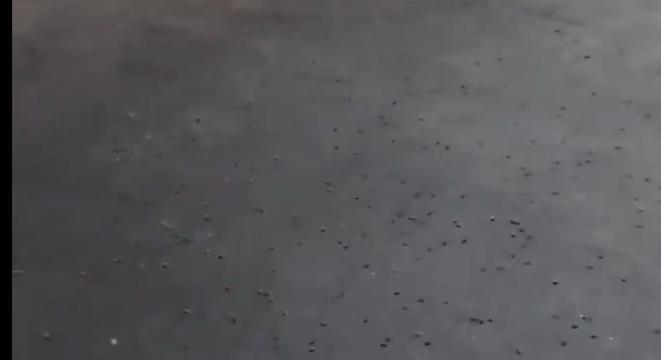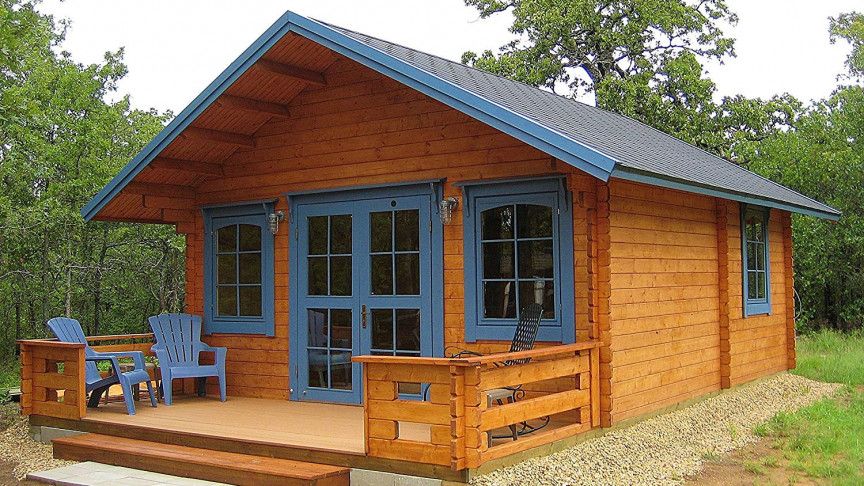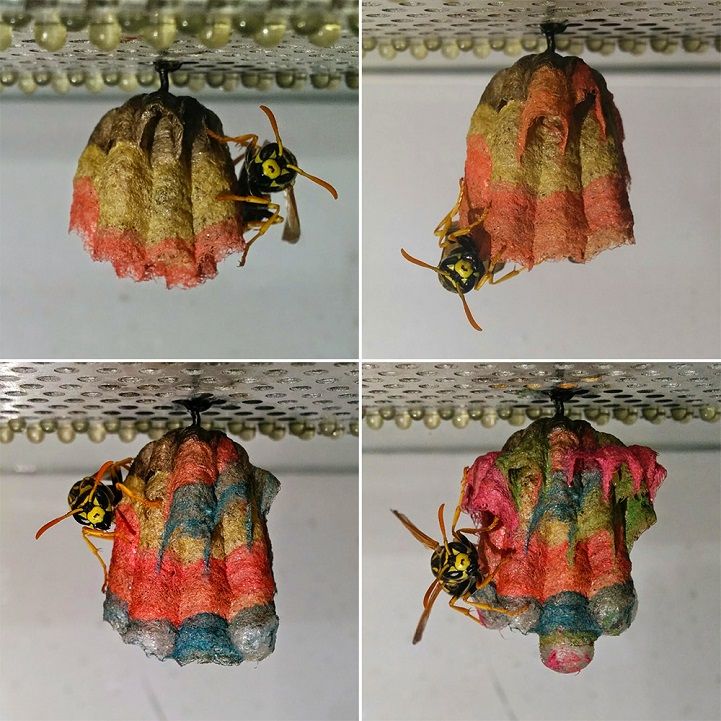Down in the deep ocean, where the Sun’s rays don’t penetrate, there dwells a beast so perfectly efficient it has remained practically unchanged for 200 million years. It’s called the bluntnose sixgill shark (Hexanchus griseus), and, like many deep-sea creatures, its lifestyle remains something of a mystery.
Scientists have managed to bring them up to the surface to tag them for tracking in the past. But under normal circumstances, they prefer the darker waters of the meso- and bathypelagic zones (up to 2,500 metres or 8,200 feet deep), coming into shallower waters only under the cover of night to feed.
Since being brought up to the surface can disorient and discombobulate the sharks, the data collected afterwards may not be a true representation of their normal movements. So a team of scientists sought to do something that’s never been accomplished before: tag a sixgill shark in its natural habitat.








